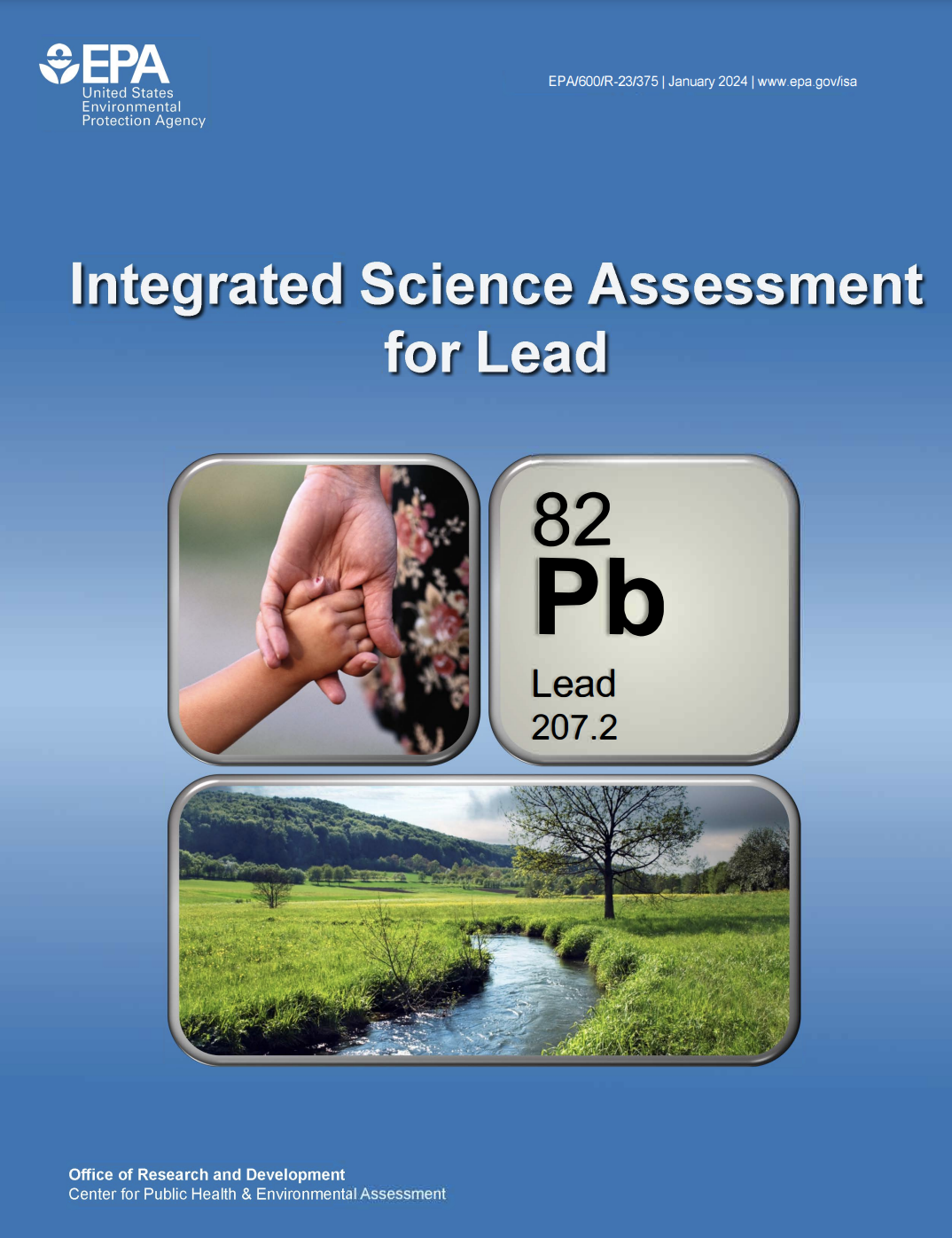Lead (Pb) emitted into air can be inhaled or ingested or can deposit and accumulate in other environmental media (e.g., soil, water, sediment, biota), contributing to a wide range of effects on humans and wildlife.
Since the 1980's, EPA and its federal partners have phased out lead in gasoline, reduced lead in drinking water and industrial air pollution, and banned or limited lead used in consumer products such as residential paint. As a result of these regulatory efforts, levels of lead in the air have decreased by about 88 per cent between 1990 and 2021. Concentration trends of lead in soil, sediments and organisms far from point sources are decreasing over time consistent with the elimination of leaded gasoline and industrial releases nationally and globally.
EPA published the Integrated Science Assessment I(SA) for Lead (Pb), a document representing a synthesis and evaluation of the most policy-relevant science and providing the scientific basis for EPA’s review of the National Ambient Air Quality Standards (NAAQS) for lead.
